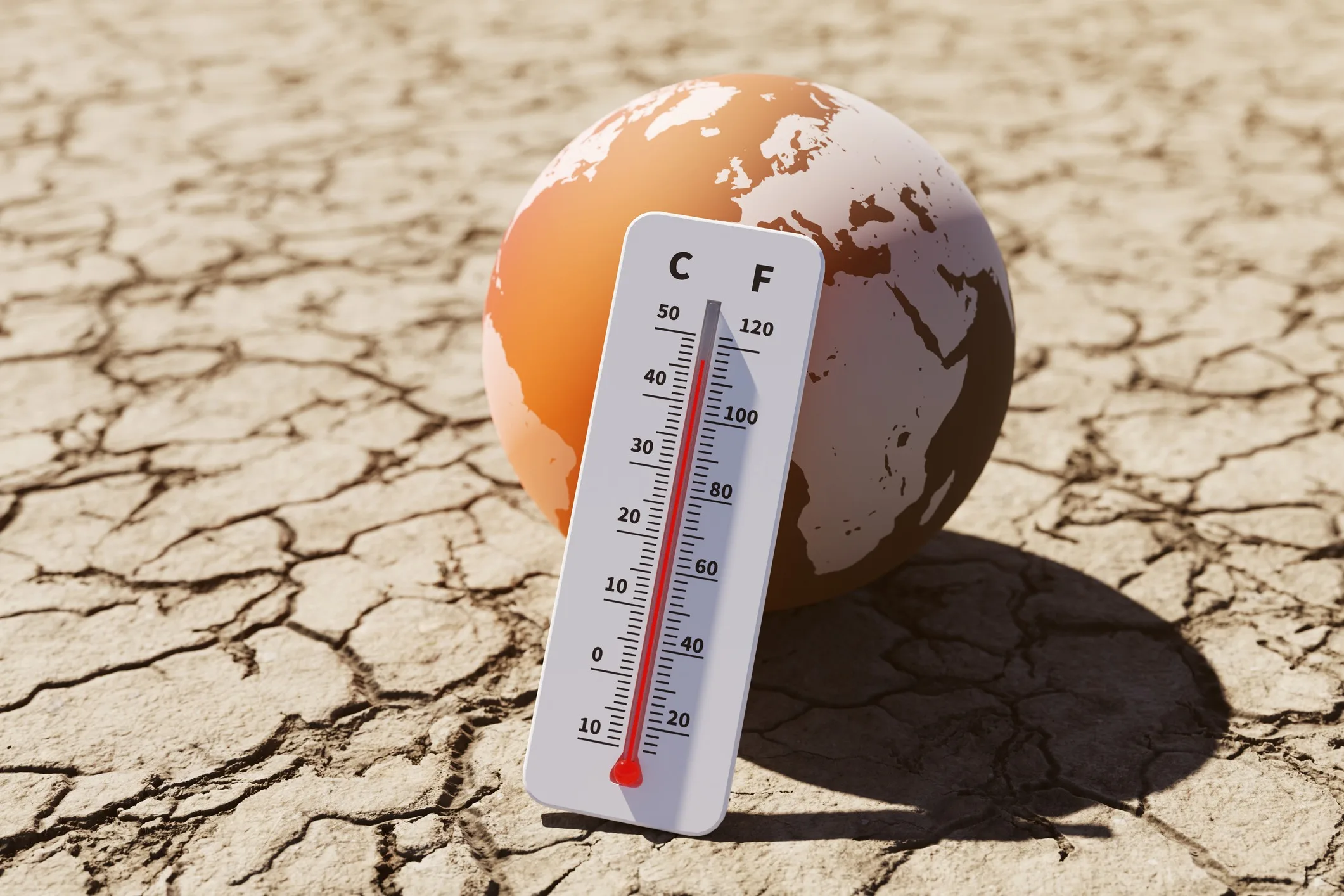Home>Weather and Climate>Understanding Dewpoint: A Comprehensive Guide


Weather and Climate
Understanding Dewpoint: A Comprehensive Guide
Modified: June 2, 2024
Explore the essentials of dewpoint: its definition, significance in forecasting, impact on daily life, and its role in understanding weather patterns.
(Many of the links in this article redirect to a specific reviewed product. Your purchase of these products through affiliate links helps to generate commission for Temperatures.com, at no extra cost. Learn more)
Table of Contents
Dewpoint is a term that often pops up in weather forecasts, leaving many scratching their heads about its meaning and significance. This comprehensive guide will demystify the concept of dewpoint, exploring its nuances and importance in our daily weather patterns and beyond. With a blend of scientific insights and everyday examples, we’ll embark on a journey to understand this fascinating meteorological phenomenon.
What is Dewpoint?
At its core, dewpoint is the temperature at which air must be cooled to become saturated with water vapor. Once the air reaches this critical temperature, the water vapor condenses into liquid water, forming dew. This simple definition, however, opens the door to a deeper understanding of atmospheric processes, weather forecasting, and even the comfort of our own skin.
The Significance of Dewpoint in Weather Forecasting
-
Indicator of Moisture Content: The dewpoint is a direct measure of the amount of moisture in the air. Unlike relative humidity, which depends on temperature, the dewpoint provides an absolute reference, making it a more consistent and reliable indicator of atmospheric moisture.
-
Predictor of Cloud Formation and Precipitation: When the temperature drops to the dewpoint, condensation occurs, leading to cloud formation and potentially precipitation. Forecasters use dewpoint values to predict weather conditions, from clear skies to thunderstorms.
-
Comfort and Heat Index: The dewpoint also plays a crucial role in determining human comfort. Higher dewpoint temperatures indicate more moisture in the air, often leading to a feeling of mugginess or discomfort. It’s a key component in calculating the heat index, which combines temperature and humidity to estimate perceived temperature.
How Dewpoint Affects Daily Life
-
Agriculture: Farmers rely on dewpoint measurements to predict frost, which can damage crops, and to manage irrigation more efficiently, ensuring optimal growth conditions.
-
Aviation: Pilots monitor dewpoint for flight planning and safety, as it affects visibility and can indicate the potential for icing conditions.
-
Health and Comfort: High dewpoint levels can exacerbate respiratory problems and influence the effectiveness of air conditioning systems, affecting indoor air quality and comfort.
Measuring and Calculating Dewpoint
Dewpoint is measured using a device called a hygrometer or derived from other meteorological data through various calculation methods. These calculations often involve temperature and relative humidity, using formulas that account for the physical properties of air and water vapor.
The Global Perspective: Dewpoint Variations and Climate
Dewpoint temperatures vary widely across different parts of the world, reflecting the diversity of climates and weather patterns. From the dry deserts with low dewpoints to the humid tropics with high dewpoints, this variability affects regional weather phenomena, climate classification, and even the distribution of flora and fauna.
FAQs About Dewpoint
How does dewpoint differ from humidity?
While both relate to atmospheric moisture, dewpoint is a temperature indicating when air becomes saturated with moisture, whereas humidity (specifically relative humidity) is a percentage measuring how close the air is to saturation at its current temperature.
Can the dewpoint be higher than the temperature?
No, the dewpoint cannot exceed the air temperature because it signifies the temperature at which condensation begins when the air is cooled, not warmed.
What dewpoint is considered comfortable?
Dewpoints in the range of 50°F to 60°F (10°C to 15°C) are generally considered comfortable for most people. Values above 65°F (18°C) start to feel uncomfortable due to increased moisture in the air.
How does sublimation relate to dewpoint?
Sublimation is when a solid changes directly to a gas, bypassing the liquid state. This process is relevant to dewpoint in extremely cold conditions where ice sublimates into water vapor. While dewpoint is about air reaching a temperature where vapor condenses into liquid, sublimation involves a direct solid-to-gas phase change under specific humidity and temperature conditions.
Does water density affect dewpoint calculations?
Yes, water density impacts dewpoint calculations because it influences how much water vapor air can hold before becoming saturated. Changes in temperature affect water’s density and thus the saturation vapor pressure, which is a key element in determining dewpoint. Understanding water density helps in accurately assessing atmospheric moisture and dewpoint levels.
Conclusion
Understanding dewpoint unlocks a deeper appreciation for the complex ballet of elements that constitute our weather. It not only enriches our knowledge of the atmosphere but also enhances our ability to prepare for and respond to the whims of our environment. Whether you’re planning your day, managing agricultural tasks, or simply curious about the science behind the forecasts, the dewpoint is a key player in the narrative of our climate. As we continue to witness shifts in weather patterns and climate conditions globally, grasping the fundamentals of phenomena like dewpoint becomes not just interesting but essential.
In the grand tapestry of meteorological concepts, dewpoint stands out as a testament to the intricate and interwoven processes that govern our planet’s atmosphere. By exploring its mechanisms, impacts, and implications, we equip ourselves with the knowledge to navigate the challenges and opportunities presented by our ever-changing weather.













